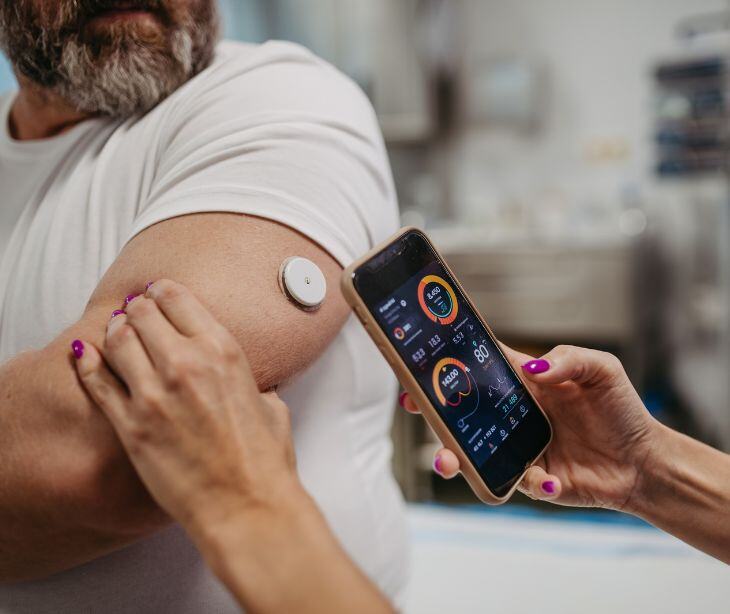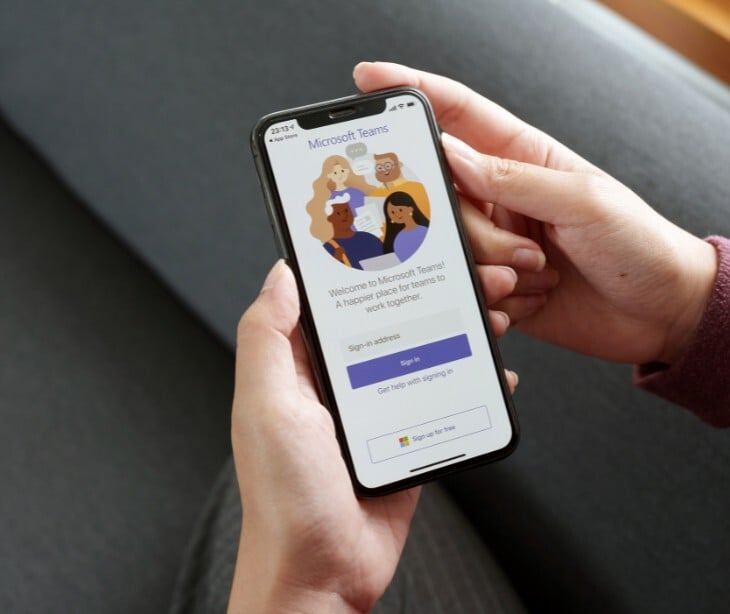1 min read
HHS OIG report flags Medicare remote patient monitoring systems
Kirsten Peremore
Oct 1, 2024 6:27:24 AM

On September 24, 2024, the HHS OIG released a report illustrating the need for improved oversight of remote patient monitoring in Medicare.
What happened
A report by the HHS OIG reveals a massive surge in remote patient monitoring between 2019 and 2022. There was a tenfold increase in users and payments jumping from $15 million to over $300 million. The spike signals the growing potential of RPM to manage chronic conditions and the challenges in its oversight. Several issues were flagged concerning the fraud risks, misuse of Medicare billing processes, and the concern of equitable health technologies available to black enrollees eligible for both Medicare and Medicaid.
The OIG identifies these issues as red flags and recommends improved safeguards and more transparent billing practices to strengthen oversight and avoid potential fraud. While CMS has committed to reviewing and considering these recommendations, the rapid growth of RPM demands urgent attention to prevent financial abuse.
By the numbers
- The number of Medicare enrollees using remote patient monitoring increased more than ten times from approximately 55,000 in 2019 to 570,000 in 2022.
- Payments for remote patient monitoring in Medicare increased more than 20 times from $15 million in 2019 to $311 million in 2022.
- In 2022, enrollees used remote patient monitoring for an average of more than five months, up from less than three months in 2019.
- In 2022, 25% of enrollees received remote patient monitoring long-term (longer than nine months), compared to just 5% in 2019.
- 94%of enrollees received remote patient monitoring for chronic conditions in 2022.
- More than half the enrollees used RPM for hypertension.
What was said
The OIG provided, “Taken together, our findings demonstrate the need for additional oversight to ensure that remote patient monitoring is being used and billed appropriately.”
The big picture
While remote patient monitoring allows for improved management of chronic conditions, the gaps in implementation suggest providers might face increased scrutiny and pressure to ensure its proper use. The statistics from the report indicate a need for clearer billing practices, better provider education, and stricter safeguards to prevent misuse and fraud. As demand for remote patient monitoring grows, providers must adapt quickly to meet compliance standards while delivering effective care.
Related: HIPAA Compliant Email: The Definitive Guide
FAQs
What is the HHS-OIG?
The HHS OIG is a federal agency that oversees and audits healthcare programs to prevent fraud.
What is HIPAA?
HIPAA is a law that protects the privacy and security of patients' medical information.
How can patient information be protected during remote monitoring?
Patient information can be protected during remote monitoring by using secure devices and software.




